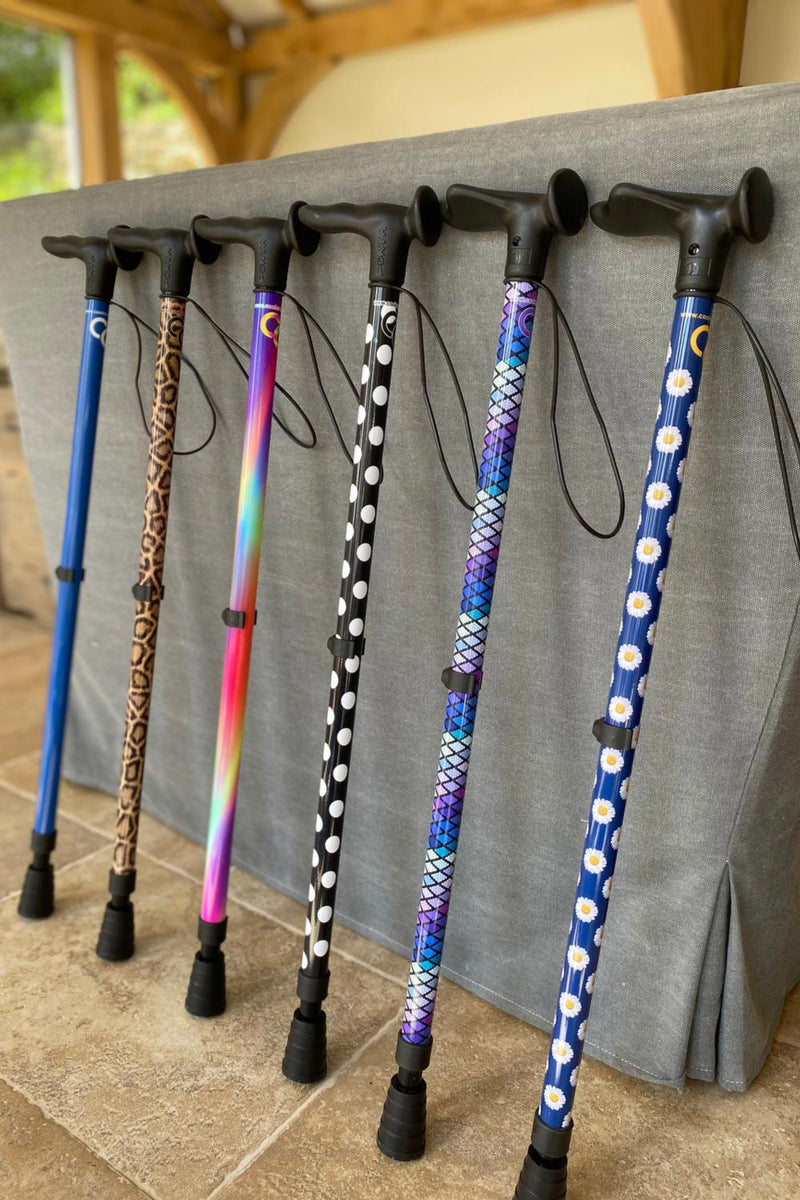Walking sticks and decorative canes have evolved far beyond their functional roots, transforming into elegant accessories that blend style with practicality. In this guide, we’ll explore everything you need to know about decorative canes and walking sticks— from styles and materials to choosing the right one for your needs. With my personal touch, along with tips and tricks, you’ll find the perfect balance between support and aesthetic appeal.
What Are Decorative Canes and Walking Sticks?
Decorative canes and walking sticks serve two main purposes: providing support while walking and making a fashion statement. These items are not just about functionality—they reflect personality, taste, and even social status in some cultures.
The History of Walking Sticks
Walking sticks have a rich history that dates back thousands of years. Initially used for mobility support, they later became symbols of status and style.
Ancient Times
In ancient Egypt, walking sticks were often elaborately designed and made from precious materials.
The Renaissance Era
During the Renaissance, canes became fashionable among European nobility, showcasing exquisite craftsmanship.
Types of Decorative Canes
There are various styles to choose from when considering decorative canes. Below are the most popular types.
1. Standard Walking Canes
Standard walking canes are often simple but can be designed with unique grips and finishes.
2. Folding Canes
Folding canes are portable and convenient, making them great for travel.
3. Custom Canes
Custom canes are hand-crafted to reflect the personality and preferences of the user.

4. Specialty Canes
Specialty canes include those designed to accommodate specific medical needs, such as quad canes.
Materials Used in Decorative Canes
The materials used in constructing decorative canes affect their durability, weight, and style.
1. Wood
Wood canes offer a classic look and are often crafted from hardwoods like oak or mahogany.
2. Metal
Metal canes can provide a modern aesthetic and are often made from aluminum or stainless steel.
3. Plastic
Plastic canes are usually lightweight and affordable, making them accessible for many users.

Choosing the Right Decorative Cane for You
When selecting a decorative cane, consider your personal style, the type of support you need, and your budget. Here’s a step-by-step guide to help you choose the perfect cane.
1. Assess Your Needs
Do you need a cane primarily for stability, or is it more of a fashion accessory? Understanding your requirements can narrow down your choices.

2. Determine the Right Height
The ideal cane height allows for a comfortable grip while keeping your arm slightly bent. A simple measurement can help you find the correct size.
3. Explore Different Styles
Consider the overall design, color, and materials that will complement your wardrobe.

4. Test the Grip
The grip of the cane is crucial for comfort. Test different grips to find one that feels right for your hand size and strength.
Comparison Table of Popular Cane Styles
| Type | Material | Weight | Portability | Price Range |
|---|---|---|---|---|
| Standard Walking Cane | Wood | Medium | Moderate | $30 – $100 |
| Folding Cane | Aluminum | Light | High | $20 – $60 |
| Custom Cane | Various | Varies | Moderate | $100 – $500 |
| Specialty Cane | Plastic | Light | High | $25 – $75 |

Pros and Cons of Decorative Canes
Pros
- Style: Decorative canes enhance your wardrobe.
- Support: Provides stability when walking.
- Customizability: Many canes can be tailored to individual needs.
Cons
- Weight: Some decorative canes can be heavier than standard walking sticks.
- Cost: High-quality decorative canes can be expensive.
- Limited Support: Some styles may not offer sufficient support for severe mobility issues.

Maintaining Your Decorative Cane
To keep your decorative cane in top condition, follow these tips:
1. Regular Cleaning
Dust and clean your cane regularly using appropriate cleaning products based on its material.
2. Inspect for Damage
Regularly check for any signs of wear, especially around the grip and base.
3. Store Properly
When not in use, store your cane upright to prevent bending or breaking.
Decorative Canes as Collectibles
Many people enjoy collecting decorative canes for their intricate designs and historical value. Vintage canes can be particularly valuable.
Starting Your Collection
If you’re interested in beginning a collection, consider the following:
- Research different styles and historical significance.
- Start with affordable pieces and gradually invest in more valuable canes.
- Join collector groups or forums to share experiences and gain insights.
FAQs about Decorative Canes
1. Are decorative canes covered by health insurance?
In some cases, health insurance may cover the cost of a cane if it is deemed necessary for medical reasons. It’s best to check with your provider.
2. Can I use a decorative cane for everyday support?
Absolutely! Many decorative canes are designed to provide ample support while maintaining an aesthetic appeal.
3. How do I know if a cane is the right height for me?
Stand straight with your arms relaxed by your sides. The top of the cane should reach your wrist when your arm is extended downward.
4. What is the best material for a decorative cane?
It depends on personal preference. Wood offers a classic look, while metal provides durability and a modern aesthetic.
5. Can children use decorative canes?
While designed primarily for adults, smaller decorative canes are available and can be used by children for style or support.
Conclusion
Decorative canes and walking sticks are not just aids for mobility—they are expressions of personality and style. By understanding your needs, exploring various options, and learning how to choose and maintain your cane, you can find the perfect combination of support and elegance. Whether you’re collecting or simply seeking a functional accessory, the world of decorative canes is rich with history, artistry, and personal expression.